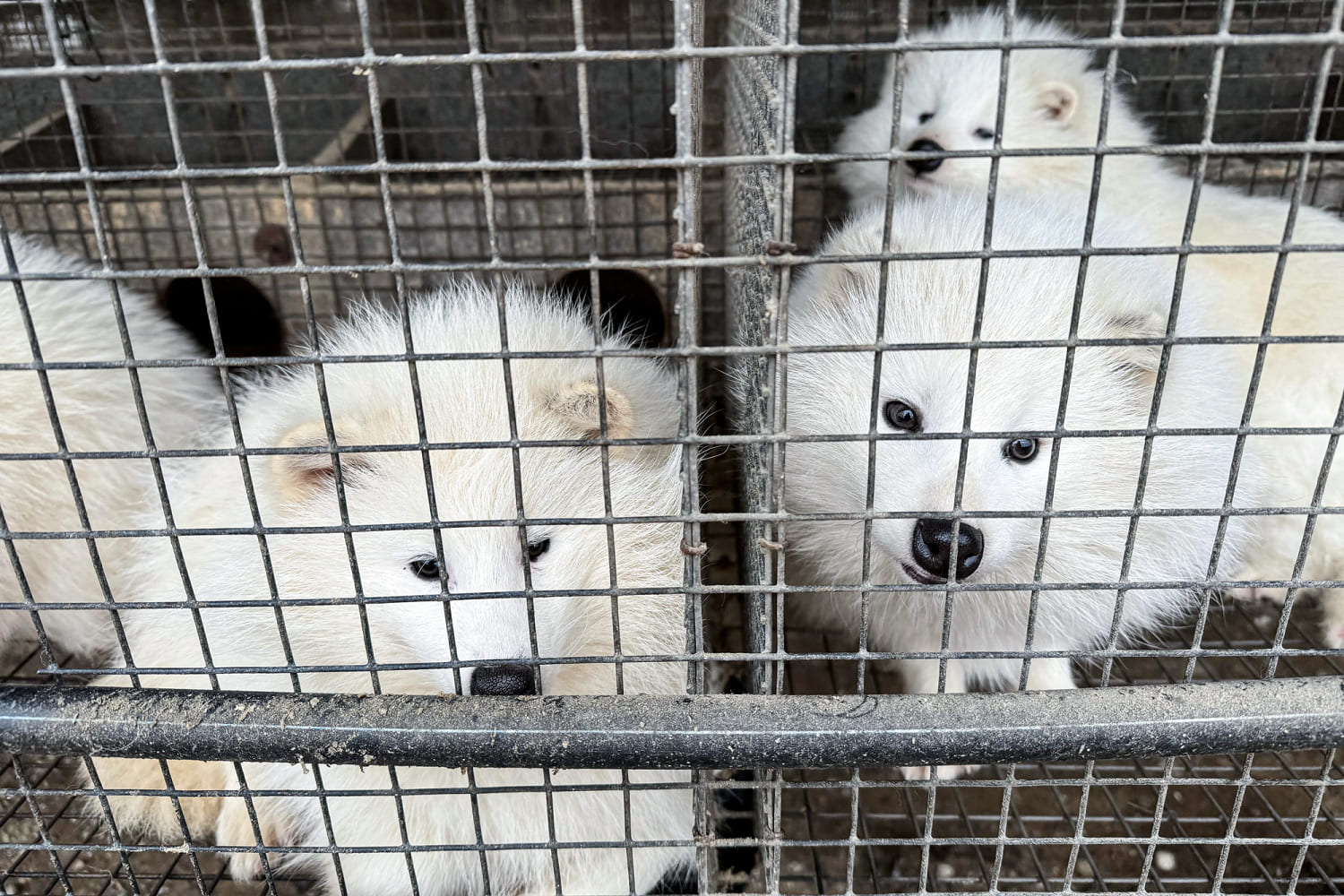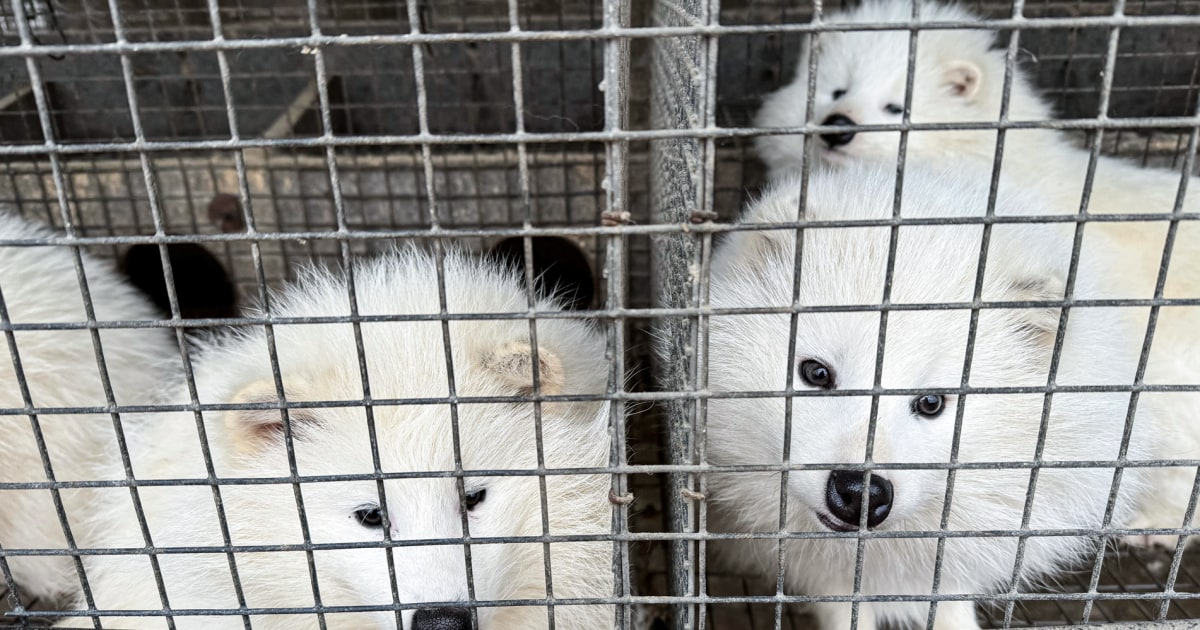
An investigation into five fur farms in China housing foxes, raccoon dogs and mink found a high risk of developing diseases that could pass from animals to humans, the animal welfare association said. animals Humane Society International which conducted the study at the end of 2023.
The farms in China’s northern provinces of Hebei and Liaoning each held between 2,000 and 4,000 animals in intensive conditions, including in close proximity to poultry, HSI said.
Alastair MacMillan, a visiting professor at the University of Surrey’s veterinary school, said the high density of animals makes it easier for viruses to spread quickly by droplets to each other, and potentially to humans.
“The rapid circulation and mixing of different virus strains from one animal to another facilitates their adaptation to a mammalian host, the development of mutant strains of concern, and a greater likelihood of threat of human infection.”
China’s Ministry of Agriculture and Rural Affairs did not respond to requests for comment regarding conditions on fur farms and the risk of spreading disease.
MacMillan said that from a disease transmission and public health perspective, the images were extremely concerning, as it is well known that animals raised for their fur are susceptible to respiratory viruses that can infect humans.
Data from the early days of the Covid-19 pandemic, briefly uploaded to a database by Chinese scientists last year, suggests that raccoon dogs may also have been involved in causing the coronavirus in humans.
Photos and images from HSI showed animals densely packed in small, empty cages with wire mesh floors. Reuters was unable to independently verify the footage.
Many animals could be seen pacing repetitively, an action linked to psychological distress, according to veterinary experts.
“Mentally deranged animals, piles of animal waste, barren cages and worrying zoonotic diseases stand in stark contrast to the glamorous image the fur trade tries to convey,” said Peter Li, China politics expert at HSI.
Even though Chinese fur production has fallen in line with global trends, down 50% between 2022 and 2023 and a decline of almost 90% over the past decade, demand for fur still appears robust.
Social media platforms such as e-commerce site Xiaohongshu and Weibo showed users that wearing fur was desirable and practical for staying warm.

